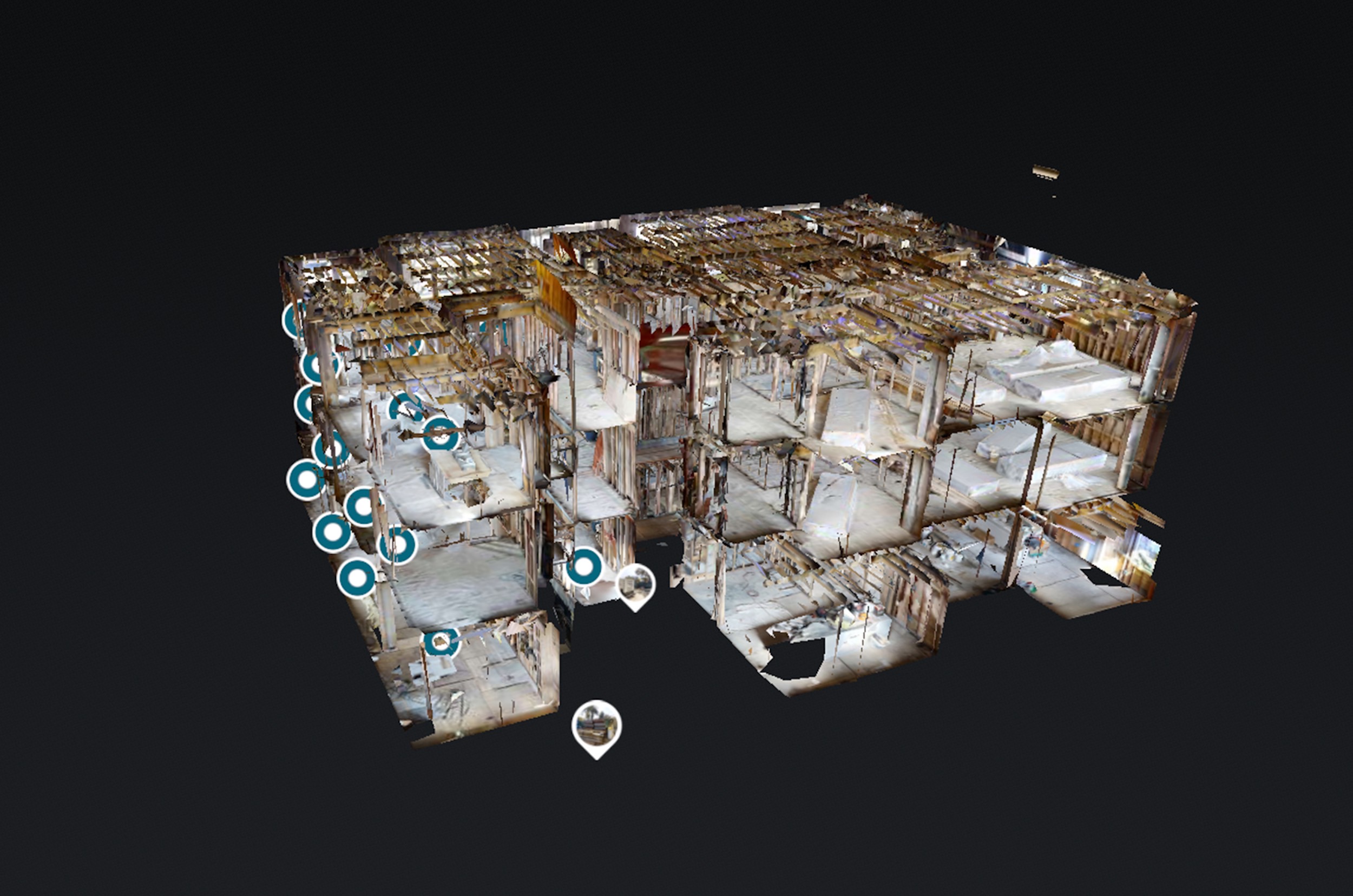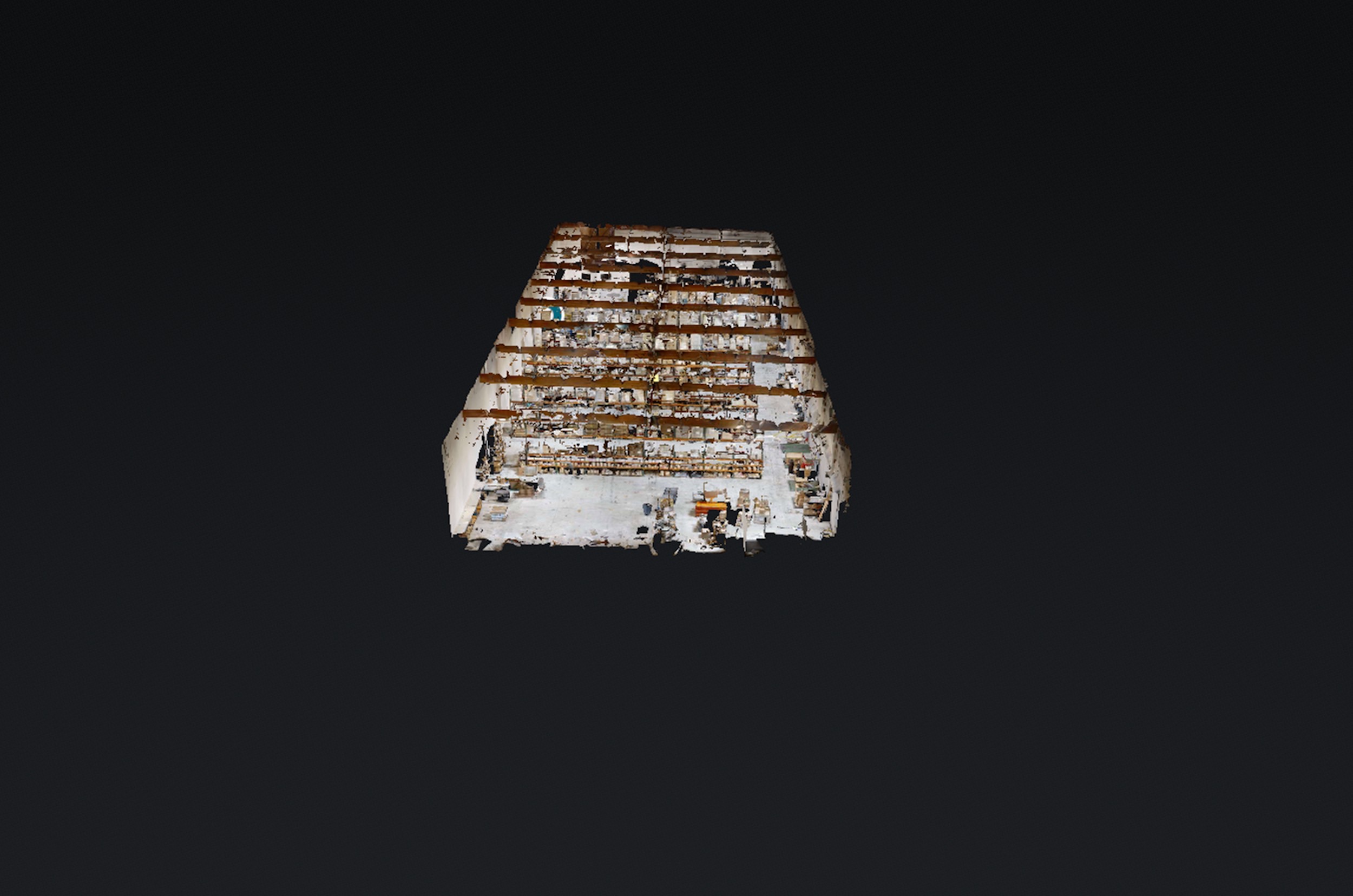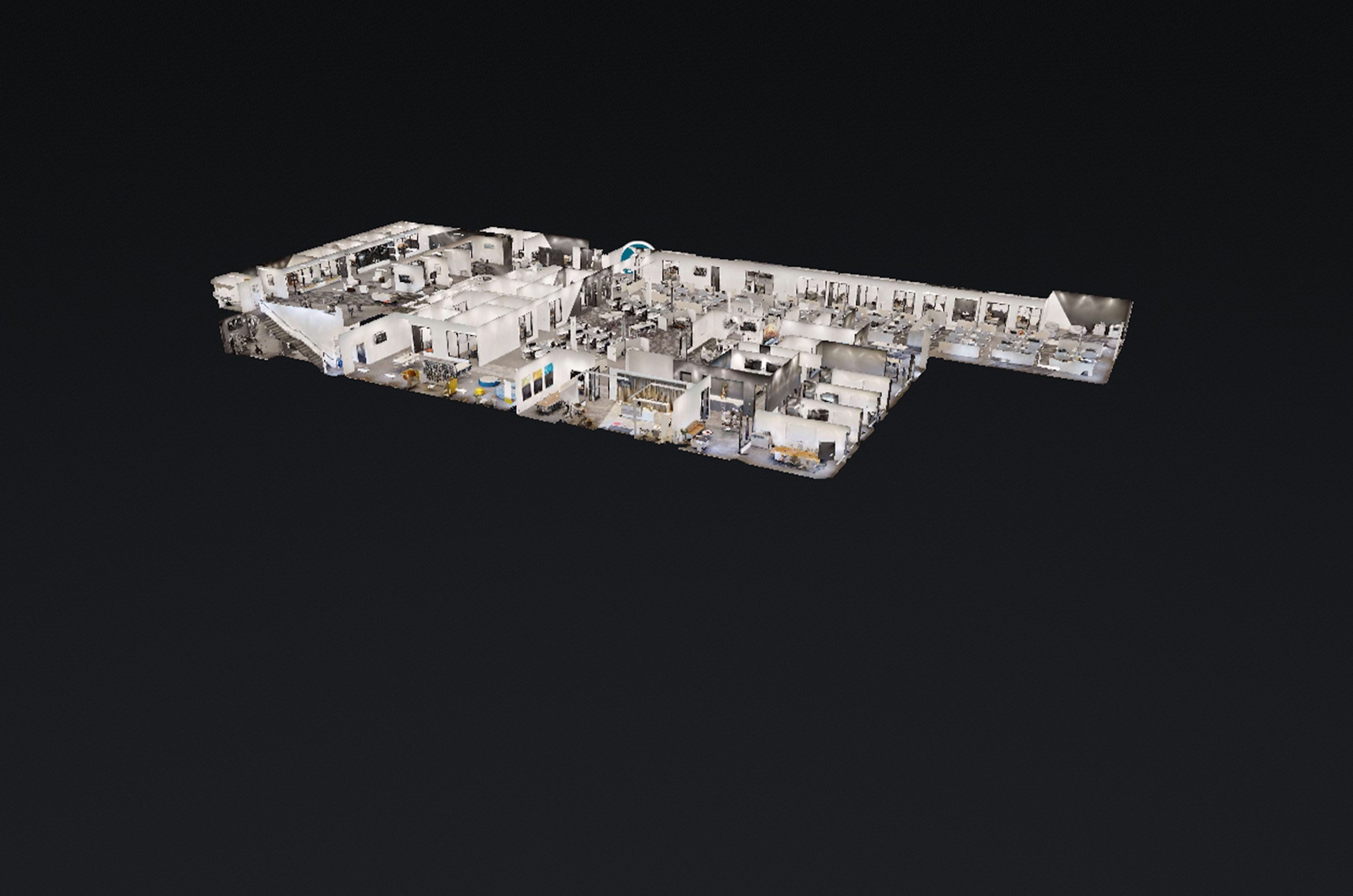In the legal world, accurate and comprehensive documentation is paramount. From personal injury claims to complex property disputes, the ability to meticulously record a scene is crucial for building a strong case.
Traditional methods, relying on photographs and written descriptions, often fall short in capturing the complete context of a situation. This is where Matterport 3D tours step in, offering a revolutionary approach to legal documentation.
The Power of Immersive 3D Tours
Matterport technology creates highly detailed, interactive 3D models of physical spaces. Unlike static photographs, these tours allow lawyers and investigators to virtually explore a scene, examining details from every angle. This immersive experience provides a far more comprehensive understanding than any 2D representation could achieve.
Key Benefits for Legal Professionals
- Unmatched Detail and Accuracy: Matterport captures incredibly precise measurements and visual data, minimizing ambiguity and reducing the potential for disputes over the scene’s condition. This level of detail is invaluable in accident reconstruction, property damage assessments, and other scenarios where precise measurements are crucial.
- Objective Documentation: The 3D model serves as an objective record of the scene, minimizing the potential for subjective interpretations or manipulation of evidence. This is particularly important in cases where the scene might be altered or destroyed after the initial documentation.
- Enhanced Evidence Presentation: Interactive 3D tours allow lawyers to present evidence in a compelling and easily understandable way to juries and judges. The immersive nature of the experience can significantly improve the impact of the evidence presented.
- Cost-Effective and Efficient: While initial investment in Matterport technology might be necessary, the long-term cost savings can be significant. Reduced travel time for site visits, fewer photographic sessions, and streamlined evidence presentation can lead to significant cost reductions.
- Preservation of Evidence: The digital nature of Matterport models ensures the preservation of evidence over time. This is vital in cases where the physical location might be unavailable or altered.
- Collaboration and Sharing: Matterport allows for easy sharing of the 3D model with clients, experts, and opposing counsel, facilitating collaboration and streamlining the litigation process.
Specific Applications in Lawsuits
- Personal Injury Cases: Document accident scenes, showing road conditions, vehicle positions, and other relevant details. This can be crucial in determining liability and the extent of damages.
- Property Disputes: Create detailed records of property boundaries, building conditions, and damage assessments. This can be invaluable in resolving boundary disputes, insurance claims, and other property-related litigation.
- Construction Defects: Document construction flaws and defects with precise measurements and visual evidence. This can be crucial in proving negligence or breach of contract.
- Criminal Investigations: Create immersive records of crime scenes, allowing investigators to thoroughly examine the scene and gather evidence without disturbing the original layout.
- Insurance Claims: Document damage to property following accidents or natural disasters, providing clear and compelling evidence for insurance adjusters.
Best Practices for Using Matterport in Legal Cases
- Thorough Planning: Plan the scan to capture all relevant details and ensure complete coverage of the scene.
- Accurate Metadata: Include detailed metadata with the scan, including date, time, location, and any other relevant information.
- Chain of Custody: Maintain a strict chain of custody for the Matterport model to ensure its admissibility in court.
- Legal Expertise: Consult with legal professionals to ensure compliance with all relevant rules of evidence and court procedures.
Conclusion
Matterport 3D tours represent a significant advancement in legal documentation and litigation. Their ability to capture detailed, objective, and immersive records of physical spaces offers substantial advantages over traditional methods. By embracing this technology, legal professionals can strengthen their cases, improve efficiency, and ultimately achieve better outcomes for their clients. The future of legal documentation is undeniably three-dimensional.







